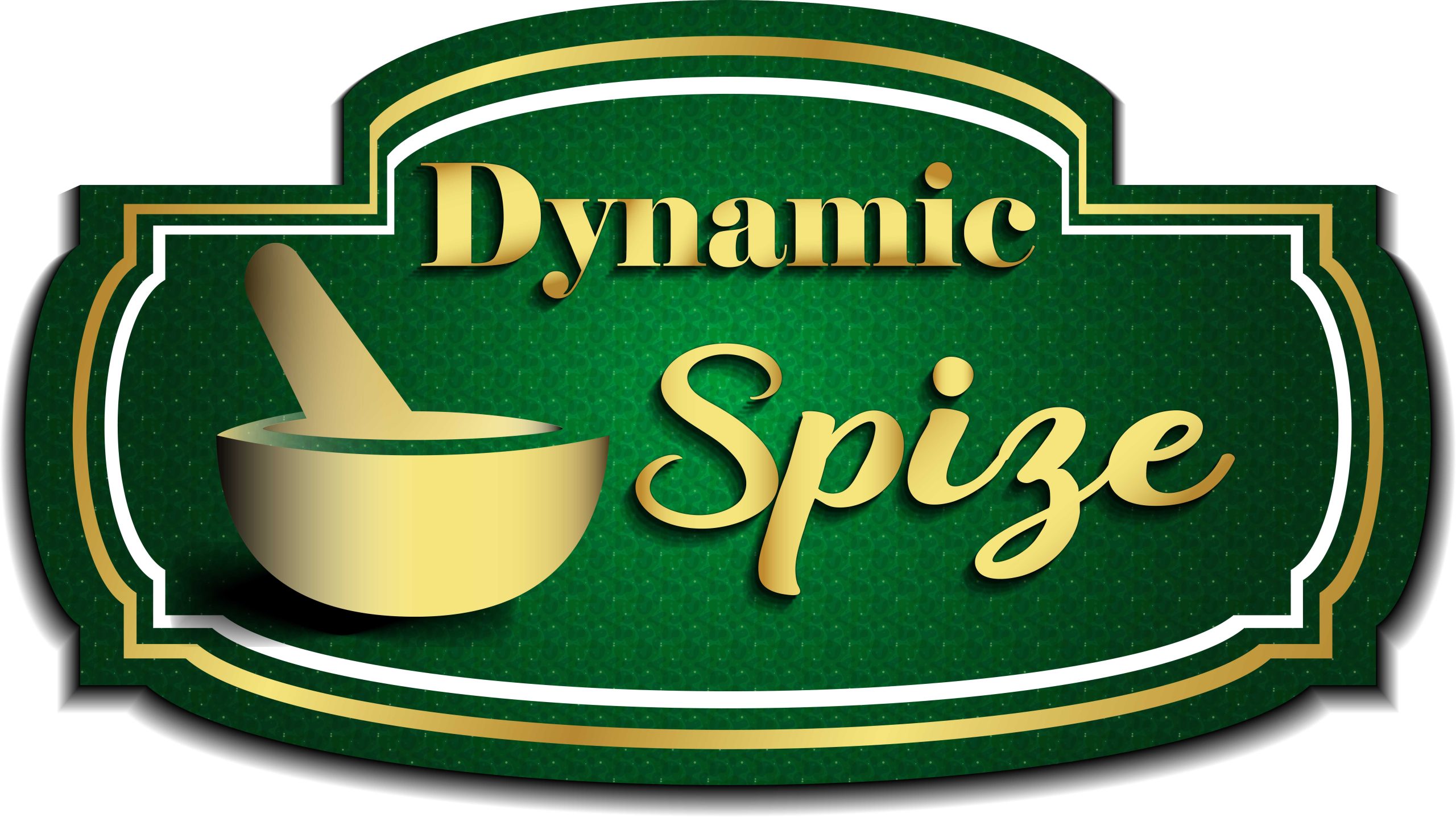Showing all 13 results
-

Black Pepper
Read moreBlack peppercorns are dried and cured fruits of the blooming vine, Piper nigrum. This attractive, peppery spice, which continues to be one of the most valued spices in the world today, encouraged early exploration and trade between the east and the west. Sri Lankan Black Pepper is distinguished from other kinds of pepper by its strong taste and lasting smell.
-
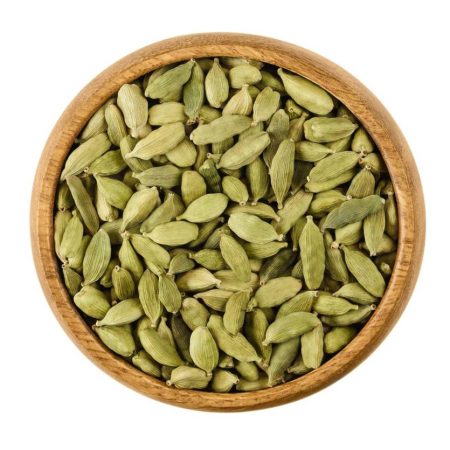
Cardamom
Read moreCardamom has a distinctive flavour and fragrance that is both rich and complex. Cardamom is a spice that can be found in the seeds of many plants in the Zingiberaceae family, specifically those from the genera Elettaria and Amomum.
It is easily identified by its spindly-shaped seed pods with a triangular cross-section. The papery shell of these pods contains the real black cardamom seeds. Cardamom is now one of the world’s most valuable and costly spices, ranking third only to saffron and vanilla.
-

Cinnamon
Read moreApproximately a dozen kinds of trees go by the name “cinnamon,” and many of them are used to make commercial spice products. Only Ceylon Cinnamon from Sri Lanka is known as True Cinnamon, and it has a completely unique, rich flavor. However, all cinnamon varieties belong to the genus Cinnamomum, although real cinnamon is produced from the bark of Cinnamomum verum.
-
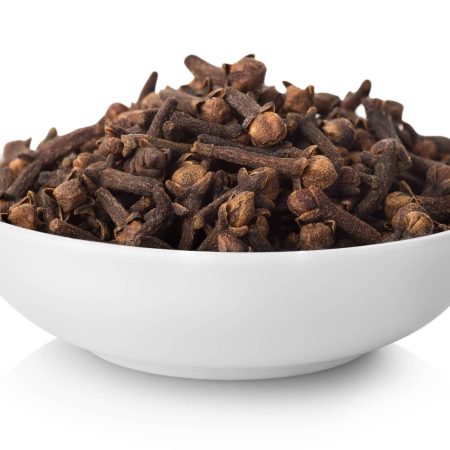
Cloves
Read moreCloves are obtained from the dried, unopened flower buds of the clove tree, Syzgium aromaticum. Cloves were discovered in the Maluku Islands of Indonesia. The plant was brought to Sri Lanka at some unknown period in history, maybe by Arab traders or European explorers, since Sri Lanka has always been an important spice trade route.
However, Sri Lankan cloves are highly valued owing to their high oil content. Those have been proven to be significantly higher than cloves from the majority of other countries.
-

Ginger
Read moreOne of the popular spices that is most frequently used worldwide is ginger. It is frequently used in pickled foods, confectionery, soda, and vegetable dishes. Dynamic Spize Ginger is a fragrant spice obtained from the rhizomes or roots of the Zingiber officinale plant. It may give new levels of flavour to any recipe.
-

Goraka
Read moreThe fruit of a tropical species of Garcinia (Garcinia cambogia) is used to make Goraka. It is also known as brindleberry, Malabar tamarind, and kudam puli. Even though this plant’s fruits are too acidic to eat raw, their sun-dried rind is valued in Sri Lankan and South Indian cuisine as a substitute for lime or tamarind.
Goraka is also known to reduce inflammation and seafood allergies by up to 80% by lowering the histamine level of seafood. The spice can also be used as a preservative. A latest clinical study found Goraka to be useful for people seeking to lose weight.
-
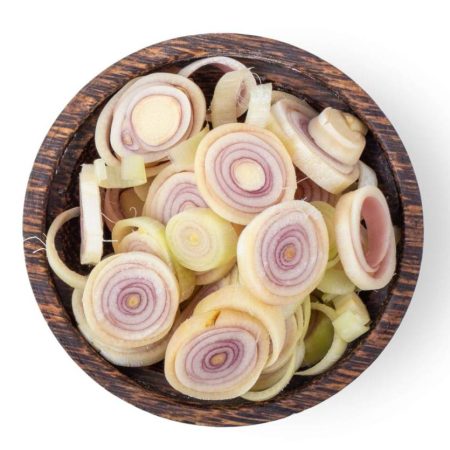
Lemongrass
Read moreLemongrass is a herb that is grown for both culinary and medicinal purposes. Its name comes from its incredibly unique and distinct citrusy, lemony aroma. There are numerous more common names for it used all over the world, including silky heads, citronella grass, cha de dartigalongue, fever grass, tanglad, hierba luisa, and gavati chaha.
-

Mace
Read moreMace, a spice comparable to nutmeg in flavour, is made from the waxy red covering that nutmeg seeds are coated in. However, its nutritional profile is significantly different. It has fewer calories than nutmeg but larger amounts of essential oils and other nutrients like vitamin A and C, carotenes, iron, and calcium.
Traditional medicine uses the active ingredients in mace for a variety of therapeutic purposes, including antifungal, antidepressant, aphrodisiac, digestive, and carminative.
-
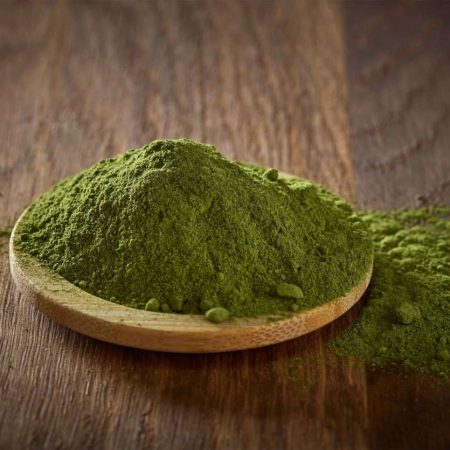
Moringa Powder
Read moreMoringa includes a large variety of nutritional and medical advantages. The leaves of the moringa tree are used to make moringa powder. The ‘drumstick tree’ and the ‘ben oil tree’ are two more names for it.
The seeds and pods of this tree are commonly consumed as a vegetable. It is popular in herbal treatments throughout the Indian Subcontinent, including in its native regions.
-

-

Red Chillies
Read moreChilli peppers are one of Sri Lanka’s most important cash crops and require little introduction. Sri Lankan red peppers, which are members of the Capsicum genus, contain large amounts of capsaicin and other capsaicinoid compounds. As a result, Red Chillies have a distinct intensity and fire when consumed or applied topically.
-
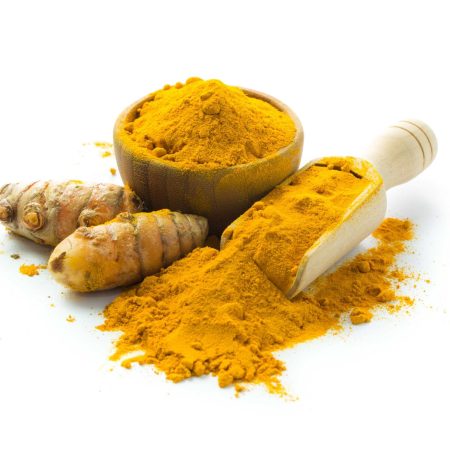
Turmeric
Read moreTurmeric is clearly identifiable by the bright yellow colour it gives cuisine. It is derived from a rhizomatous herbaceous perennial plant that belongs to the same group as ginger.
Turmeric was sometimes called Indian Saffron in Europe, although it has no link to saffron. The reason for this is that turmeric was frequently used as a cheaper alternative to pure saffron, the world’s most expensive spice.
-

White Pepper
Read moreThe dried and cured seeds of the flowering vine Piper nigrum are used to make both white and black pepper. However, there is one significant difference: white pepper is manufactured by removing the pericarp, which is the peppercorn’s outer coat.
This part of the peppercorn mainly consists of piperine, the ingredient that gives black pepper its taste. As a result of removing this coat, white peppercorns are produced, which are more fragrant and have less bite than black pepper, but with great flavour.
